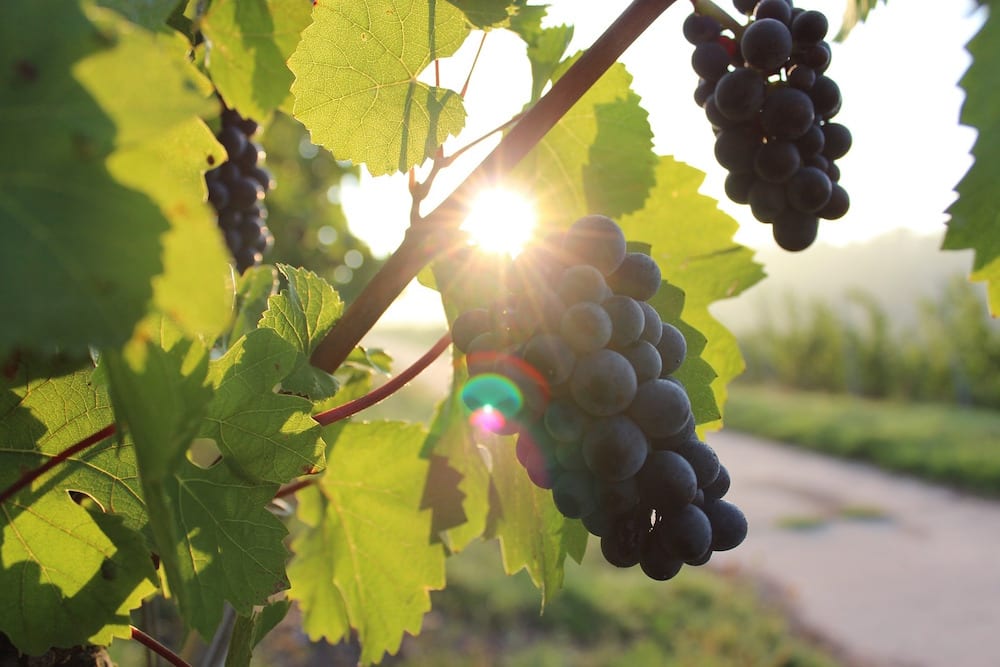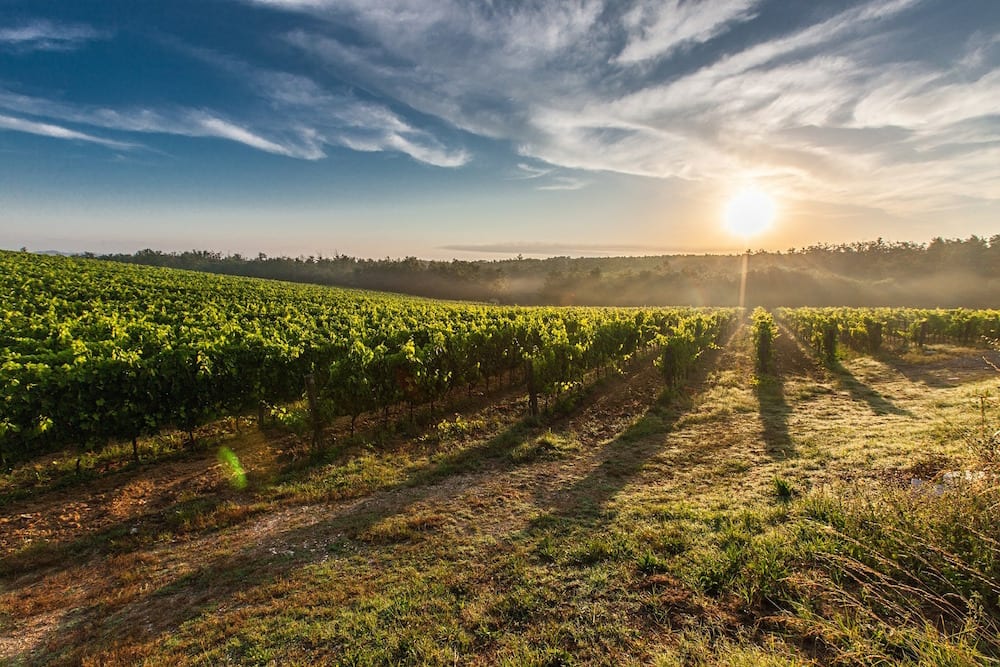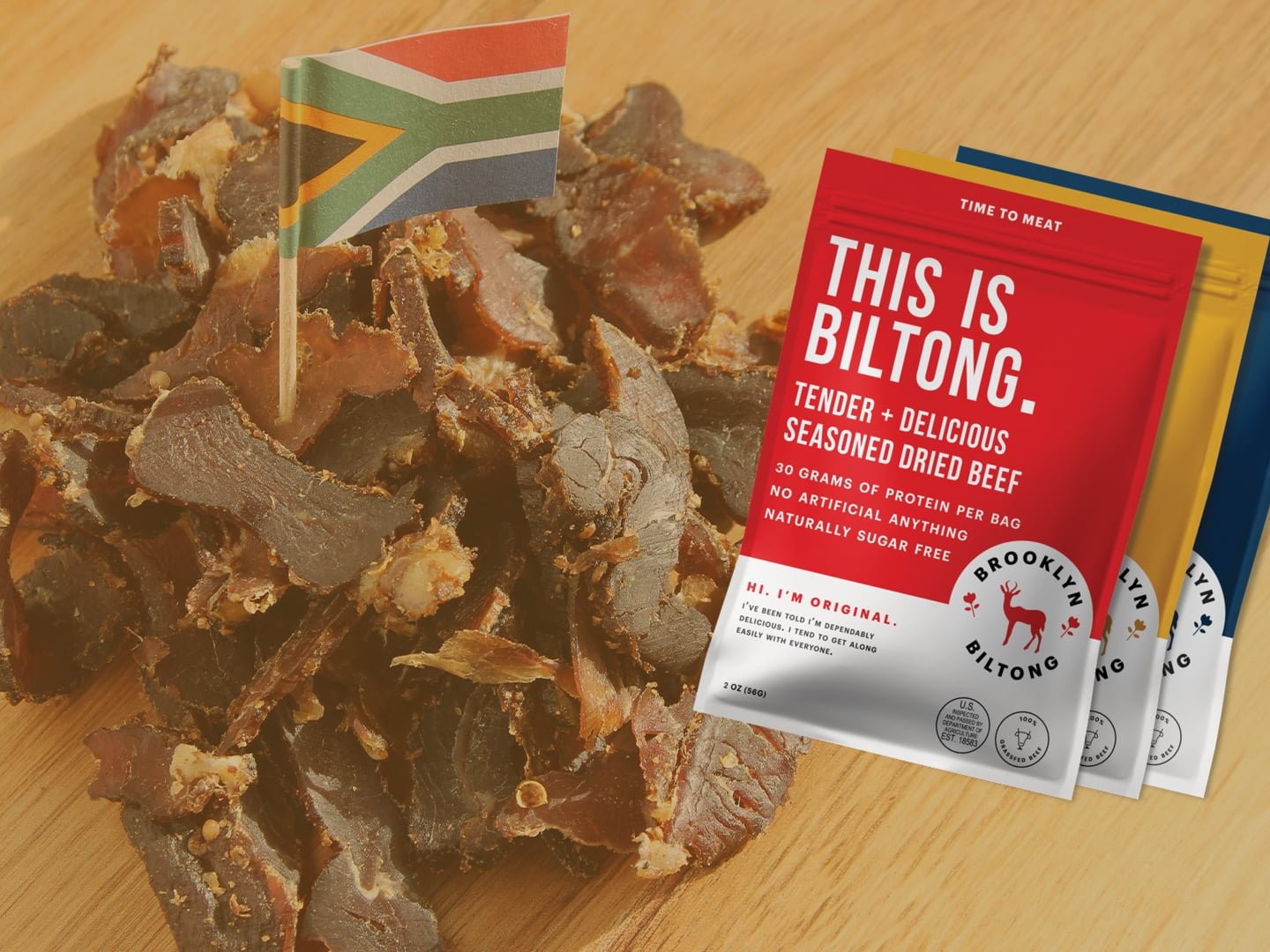Share this!
South African Wine: A Countdown
The South African wine industry isn’t complete without her wine growing areas, situated in the narrow viticulture zone of the southern hemisphere. This region features a Mediterranean climate with mountain slopes and valleys that bequeath the ideal habitat for the wine grape Vitis vinifera. This plant holds the product that has satisfied the yearnings of humankind for as long as anyone can remember.
The pattern of long, drenched summers and mild, wet winters engender the propagation of viticulture in South Africa. The 2016 yearly harvest output from the vines amounted to 1,405,401 tons (1,089,000 liters). Of this figure, 82% of output went into the production of quality wines. In the light of the statistics mentioned above, the following wines and wineries, receive global recognition for quality and taste:

10. Chenin Blanc
Grown in South Africa, Chenin Blanc varietal continues to receive critical acclaim across the globe…for good reason.
For starters, it incorporates a mixture of tropical fruit flavors, including melon, pineapple, and banana. Green apples round up its rich repertoires of tastes. Depending on the winemaking process, Chenin Blanc can be served dry, off-dry, Sweet and Sparkling.
This wine has built a reputation for going well with a range of African dishes, particularly poultry and fish soups. Wineries in the Stellenbosch region in South Africa are the best producers of the Chenin Blanc.

9. Cabernet Sauvignon
The Cabernet Sauvignon grapefruit comes from the unintended cross-breeding of the red Cabernet Franc grape plant and a white Sauvignon Blanc grape plant. The Cabernet Sauvignon scores high as a red grape varietal with thick, durable skin and stellar resistance.
Wine enthusiasts love Cabernet Sauvignon for its dark color, full body and an alcohol level that’s rated 13.5% and above. The wine is dry and comes with a healthy amount of tannin; that explains the dryness of the mouth after consumption.
The Cabernet Sauvignon has a compendium of tastes including green pepper, tobacco, cassis, and cherries. Consumers also note a touch of vanilla in the wine. Wine buffs recommend the wine be taken along with meals, due in part to its high acidity, tannin, and alcohol. Wineries in the Stellenbosh and Constantia regions account for the best Cabernet Sauvignon in South Africa.

8. Colombard
Colombard is one of the base fruits in the production of Cognac and Armagnac. It is hugely popular as a table wine. The reason, in part, is because it gives delightful crisp, dry whites with a leafy, spring blossom fragrance and fresh green apple flavors. Colombard is also served as light and dry offerings of peach and citrus. Colombard offers a pleasant mineral quality.
7. Shiraz
Syrah (or brand name Shiraz) is a dark-skinned grape variety that forms the base for the production of red wine. Depending on the climate, Syrah can be full-bodied, with significant levels of tannin along with notes of blackberry, mint and black pepper. Shiraz wines in South Africa are sometimes designated as the Rhone-style wines.

6. Sauvignon Blanc
The Sauvignon Blanc is another notable wine that has witnessed significant adaptation in South Africa. It’s loved for its refreshing crispness which is a result of high acidic levels and moderate amounts of sugar. Consumers were particularly pleased with Sauvignon Blanc’s great minerality, aromas, and tastes of herbs and grasses.
The wine goes well on its own or in tandem with well-cooked African meals. Sauvignon Blanc is grown extensively by vineyards in the Stellenbosch and Durbanville regions of South Africa.
5. Chardonnay
Chardonnay is a green grapefruit varietal that produces white wine. It is disputably the most famous white wine on earth as many vineyards grow some specie of the fruit. Wine enthusiasts warn against buying Chardonnay that has been over-oaked if you plan to experience the lusciousness of the wine with a hint of vanilla.
Chardonnay mixes well with a variety of foods including lobsters, crabs, and sushi. Winemakers in the Western Cape of South Africa grow the fruit extensively.

4. Pinotage
Pinotage enjoys the reputation of being South Africa’s signature wine offering. Its roots trace back to 1925 as a cross-breeding of the Pinot Noir and the Cinsaut. Pinotage typically produces deep red varietal wines with smoky, bramble and earthy flavors, sometimes with notes of bananas and tropical fruit. Other flavors are rooibos, dried leaves, bacon, sweet and sour sauce, hoisin and sweet pipe tobacco.
However, some commentaries criticize the scent of the wine with some saying it smells like Isoamyl acetate or nail polish remover. Wineries in the Stellenbosh region lead the way in the production of Pinotage.
We have more to say about Pinotage! Check it out here!
3. Merlot
Merlot (“The little blackbird” in French) is a notable red grapefruit. Merlot is a friendly grape varietal, and it comes recommended for first-time takers of red wine. Merlot is easy to drink, has a plummy taste, and contains over 13% percent alcohol (dependent on the growing region) with definite hints of chocolate.
Some consumers also love Merlot’s low tannin levels. Although it goes well alone, a great African delicacy wouldn’t harm it. The Paarl and Stellenbosch regions are the dominant producers of Merlot in South Africa.

2. Petit Verdot
Petit Verdot is a full-bodied red wine with origins in France. It is widely known for its blending purposes due to its dark color, generous amounts of tannin as well as floral scents of violet. Petit Verdot comes in aromas ranging from plum, blackberry, and blueberry to slightly lighter black cherry.
A good number of producers usually age the wine with infusions of vanilla, hazelnut and mocha flavors. This wine can be taken with a variety of meals including meat, cheese, vegetables, pounded yam and peppers. The Stellenbosch, Paarl and the Walker Bay are the core regions for the cultivation of this grape in South Africa.
1. Ruby Cabernet
The Ruby Cabernet is a red Olmo grape varietal which originates from the cross between Cabernet Sauvignon and Carignan. It also serves as the base for the mixing of bulk wines. It has a natural, unique acidity and goes well with a variety of foods including New York-style Margherita pizza, Ground beef, and cheese pie as well as Spaghetti Bolognese.

The South Africa wine sector, bolstered by a return to democratic rule, has seen exports of wines grow geometrically since 2005. Over 3,000 farmers engage in growing vines. These plantations give direct and indirect employment to close to half-a-million people.
On the international wine scene, South Africa ranks seventh in the world, accounting for 3.9 percent of the global wine production.






